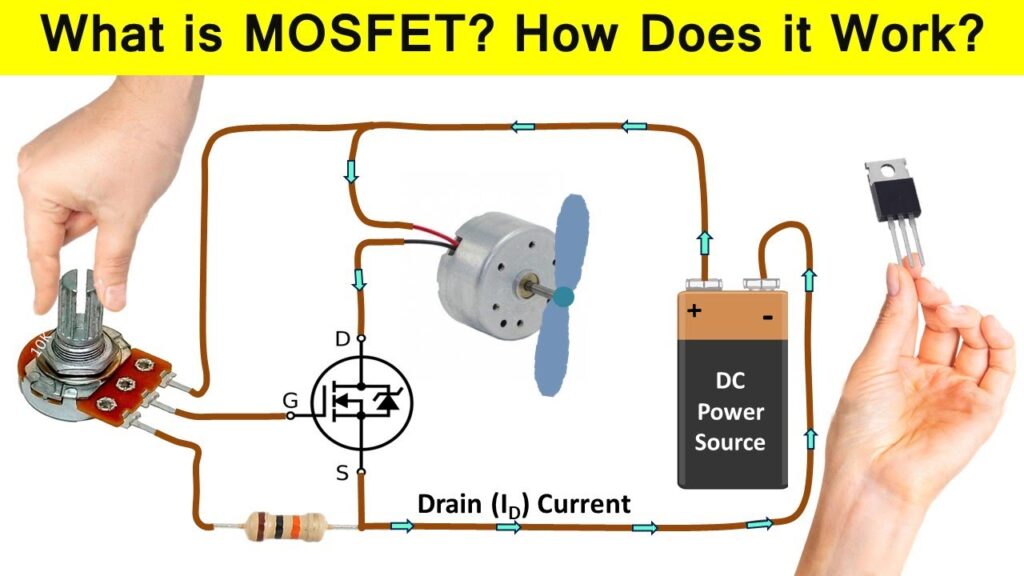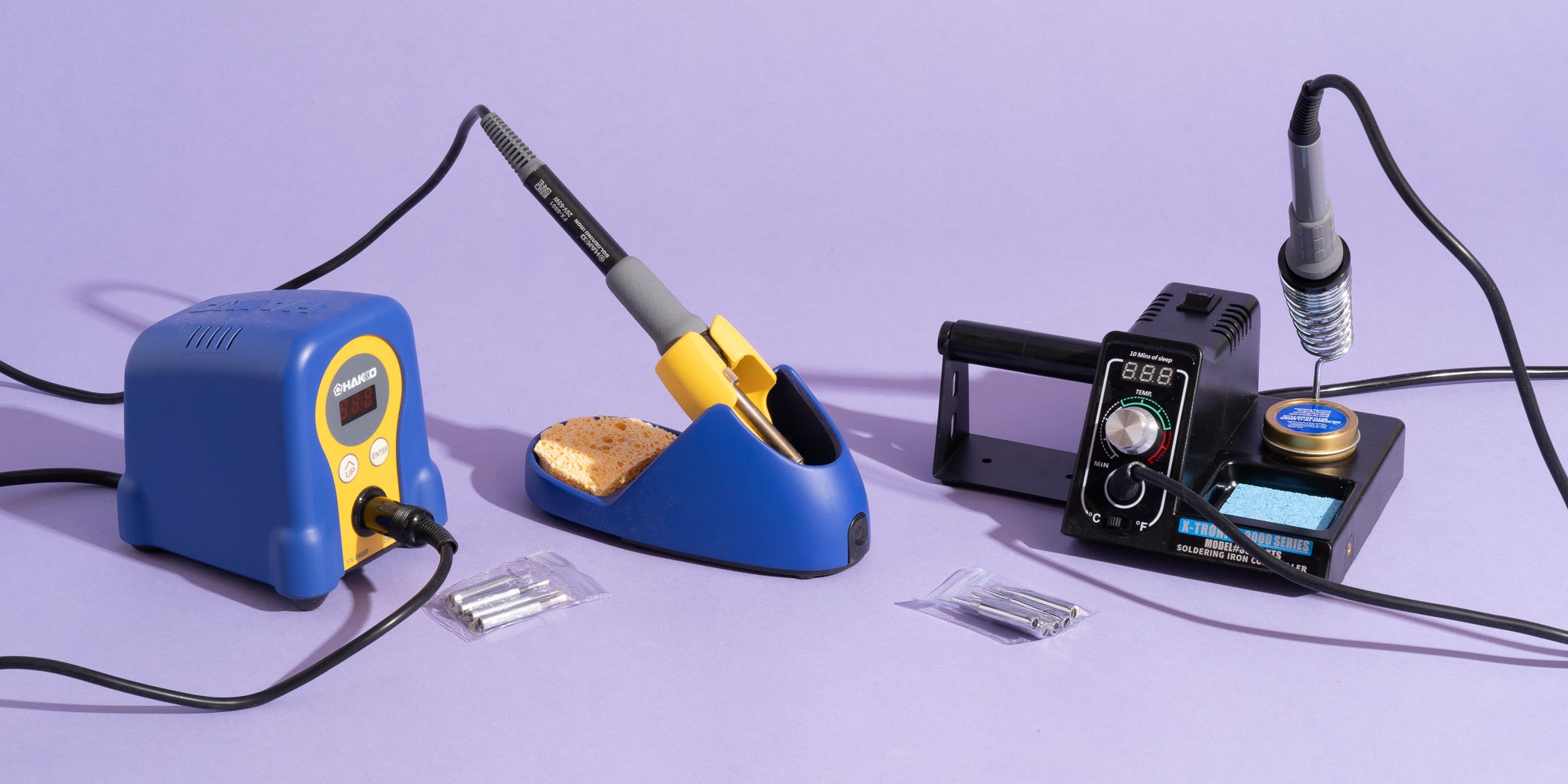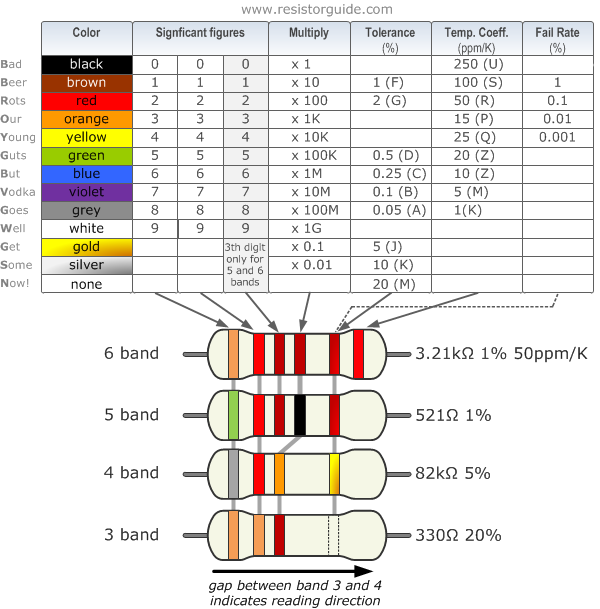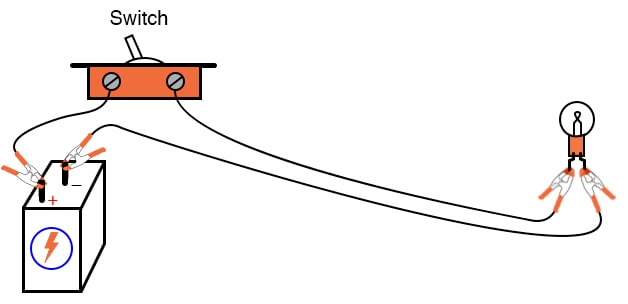How to Use a MOSFET in Electronics
Welcome to our guide on how to use a MOSFET (Metal-Oxide-Semiconductor Field-Effect Transistor) in electronics! MOSFETs are essential components in modern electronic devices, enabling efficient switching and amplification of signals. In this article, we will explore the basics of MOSFETs and provide step-by-step instructions on how to incorporate them into your electronic projects.
Understanding MOSFETs
MOSFETs are three-terminal devices that operate based on the principle of a voltage-controlled electrical switch. They consist of a gate, source, and drain terminals, with a thin layer of insulating material (oxide) separating the gate from the semiconductor channel. When a voltage is applied to the gate terminal, it creates an electric field that controls the flow of current between the source and drain terminals.
There are two main types of MOSFETs: enhancement-mode and depletion-mode. Enhancement-mode MOSFETs require a positive voltage on the gate terminal to turn on, while depletion-mode MOSFETs are normally on and require a negative voltage to turn off.
How to Use a MOSFET
Now, let’s dive into how to use a MOSFET in your electronic circuits:
1. Choose the Right MOSFET
Before you begin, it’s essential to select the appropriate MOSFET for your application. Consider factors such as voltage ratings, current ratings, and switching speed to ensure compatibility with your circuit requirements.
Common MOSFET parameters to look for include threshold voltage (Vth), gate capacitance (Ciss), on-resistance (RDS(on)), and maximum drain-source voltage (VDS). Refer to the datasheet provided by the manufacturer for detailed specifications.
2. Connect the MOSFET
Next, connect the MOSFET to your circuit following these steps:
a) Identify the gate, source, and drain terminals of the MOSFET. The gate terminal is usually denoted by a G, the source by an S, and the drain by a D.
b) Connect the source terminal to the ground (GND) of your circuit.
c) Connect the drain terminal to the load (e.g., a motor, LED, or resistor) that you want to control.
d) Apply a voltage signal to the gate terminal to control the current flow between the source and drain terminals. Remember to use an appropriate resistor to limit the gate current.
3. Test the MOSFET
After connecting the MOSFET to your circuit, test its functionality by applying different gate voltages and observing the output. Verify that the MOSFET is switching on and off as intended and that the load is being controlled effectively.
If you encounter any issues, double-check your connections and component values to ensure everything is set up correctly.
Conclusion
Using a MOSFET in electronics opens up a world of possibilities for controlling currents and voltages in your circuits. By understanding the basics of MOSFET operation and following the guidelines outlined in this article, you can effectively integrate MOSFETs into your electronic projects with confidence. Experiment with different MOSFET configurations and circuit designs to explore the full potential of these versatile devices!
How to Use a MOSFET in Electronics
Welcome to our guide on how to use a MOSFET (Metal-Oxide-Semiconductor Field-Effect Transistor) in electronics! MOSFETs are essential components in modern electronic devices, enabling efficient switching and amplification of signals. In this article, we will explore the basics of MOSFETs and provide step-by-step instructions on how to incorporate them into your electronic projects.
Understanding MOSFETs
MOSFETs are three-terminal devices that operate based on the principle of a voltage-controlled electrical switch. They consist of a gate, source, and drain terminals, with a thin layer of insulating material (oxide) separating the gate from the semiconductor channel. When a voltage is applied to the gate terminal, it creates an electric field that controls the flow of current between the source and drain terminals.
There are two main types of MOSFETs: enhancement-mode and depletion-mode. Enhancement-mode MOSFETs require a positive voltage on the gate terminal to turn on, while depletion-mode MOSFETs are normally on and require a negative voltage to turn off.
How to Use a MOSFET
Now, let’s dive into how to use a MOSFET in your electronic circuits:
1. Choose the Right MOSFET
Before you begin, it’s essential to select the appropriate MOSFET for your application. Consider factors such as voltage ratings, current ratings, and switching speed to ensure compatibility with your circuit requirements.
Common MOSFET parameters to look for include threshold voltage (Vth), gate capacitance (Ciss), on-resistance (RDS(on)), and maximum drain-source voltage (VDS). Refer to the datasheet provided by the manufacturer for detailed specifications.
2. Connect the MOSFET
Next, connect the MOSFET to your circuit following these steps:
a) Identify the gate, source, and drain terminals of the MOSFET. The gate terminal is usually denoted by a G, the source by an S, and the drain by a D.
b) Connect the source terminal to the ground (GND) of your circuit.
c) Connect the drain terminal to the load (e.g., a motor, LED, or resistor) that you want to control.
d) Apply a voltage signal to the gate terminal to control the current flow between the source and drain terminals. Remember to use an appropriate resistor to limit the gate current.
3. Test the MOSFET
After connecting the MOSFET to your circuit, test its functionality by applying different gate voltages and observing the output. Verify that the MOSFET is switching on and off as intended and that the load is being controlled effectively.
If you encounter any issues, double-check your connections and component values to ensure everything is set up correctly.
Conclusion
Using a MOSFET in electronics opens up a world of possibilities for controlling currents and voltages in your circuits. By understanding the basics of MOSFET operation and following the guidelines outlined in this article, you can effectively integrate MOSFETs into your electronic projects with confidence. Experiment with different MOSFET configurations and circuit designs to explore the full potential of these versatile devices!



